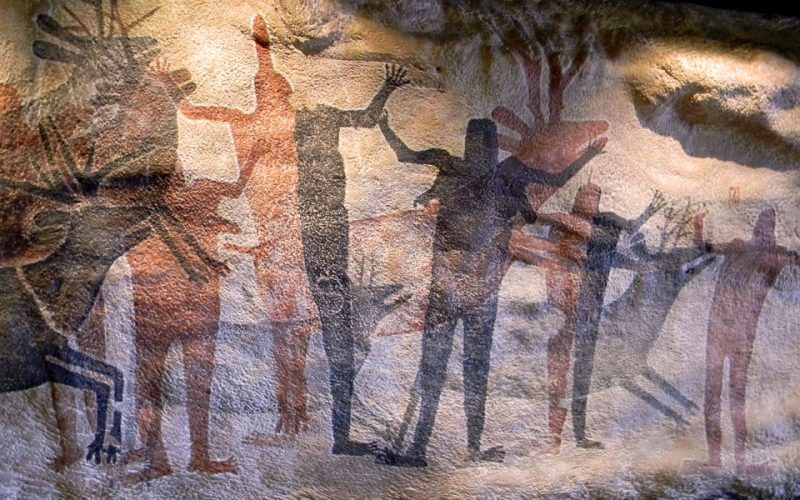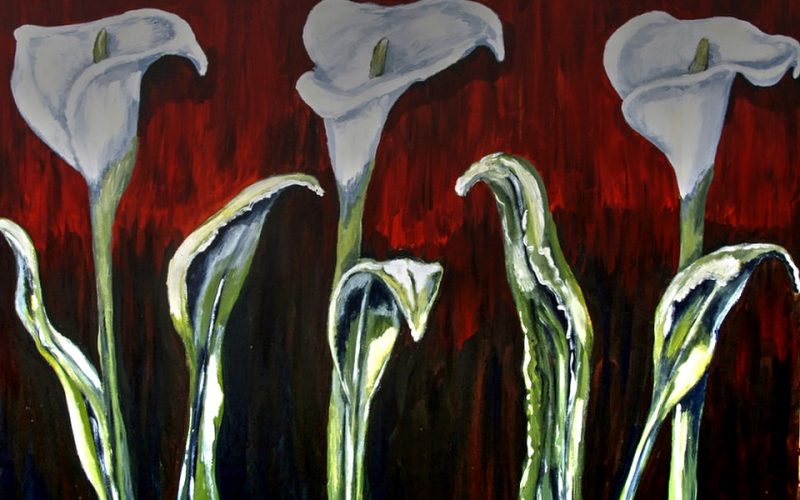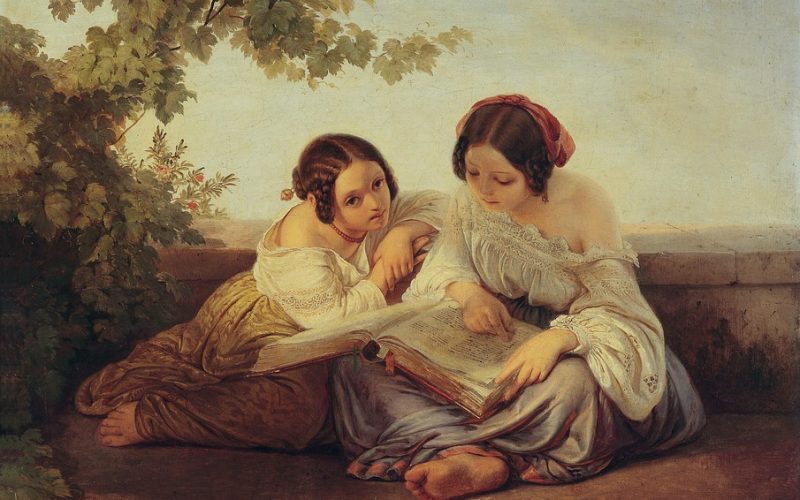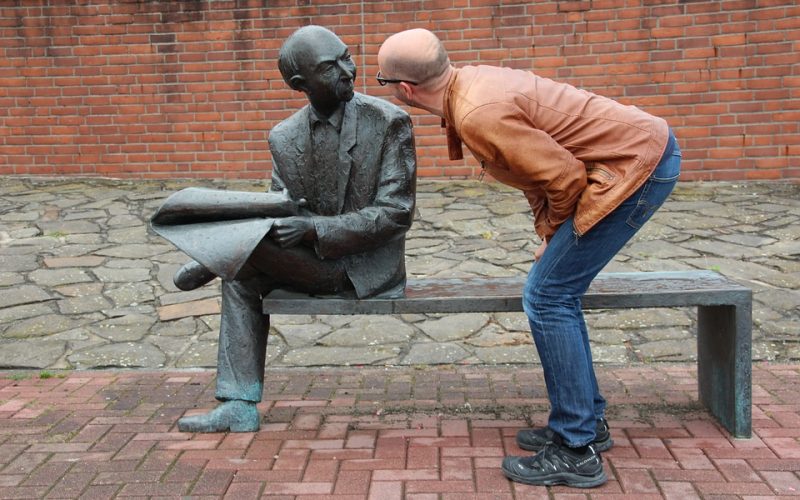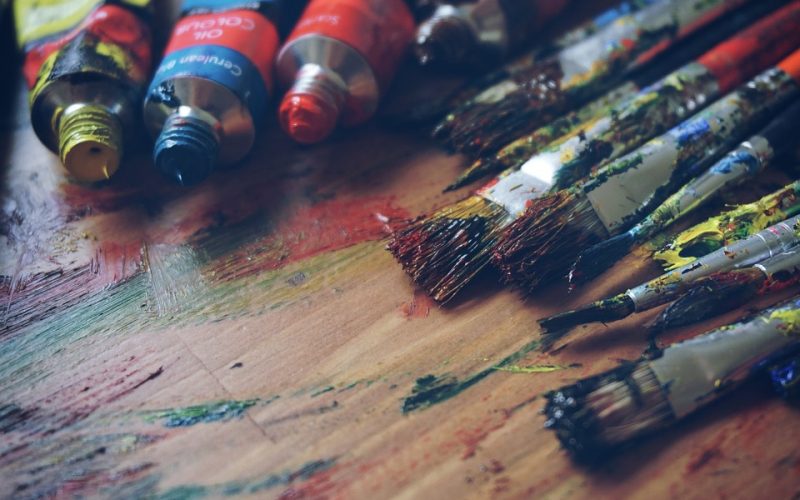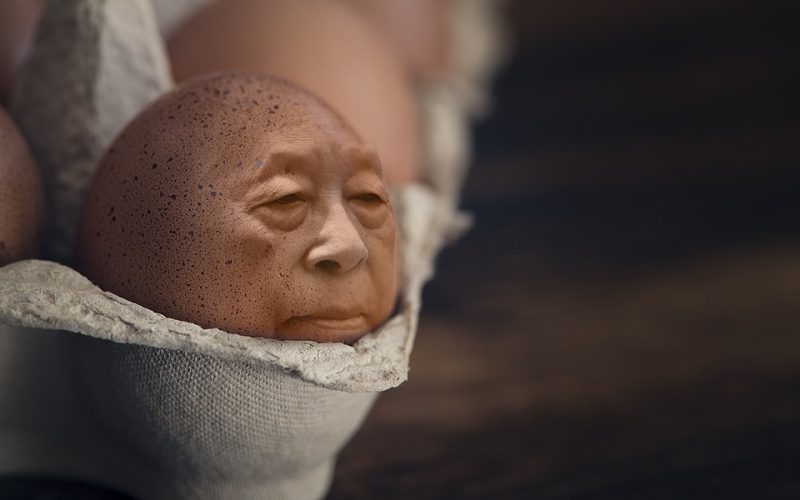A Tradition of Teaching
The majority of art is visual, but music and even tactile art have their own places in this world. Although they spread their message without the need for vision, they are still considered a form of art. Human beings are visual creatures, so it makes sense that artists would choose to concentrate on creating images. Cave paintings are a good example of this idea, and the message of ancient cave dwellers can still be shared today. While these cave drawings may not be as visually pleasing as a modern photograph, they are adequate to understand the life of early man.
There are no records of early man other than cave paintings and a few implements, so their lifestyle and habits cannot be completely known. It is doubtful that ancient men had the leisure time to indulge in art teachers, but methods of drawing, painting and decorative embellishment have been handed down through generations. The ability to read and write simply gave mankind a way to record what worked, and it streamlined the learning process.
Modern educators now teach students in formal classrooms, and they have a written syllabus of what they will accomplish during a school term. This is true for any class, and teaching art is no different. The teacher designs a curriculum that will introduce students to a variety of methods for creating art, and then provides them with hands-on demonstrations with the materials available. Some students will apply these lessons throughout their lives, and others will forget about them the moment the class is over.
The goal of classroom learning is not to make students proficient at producing works of art, but to help them see the work that goes into creating it. When a student attempts to mold clay into a desired shape, they will be able to understand how the artist began creating a ceramic vase. Students who draw and paint will get a glimpse of the work it takes to create famous paintings.
